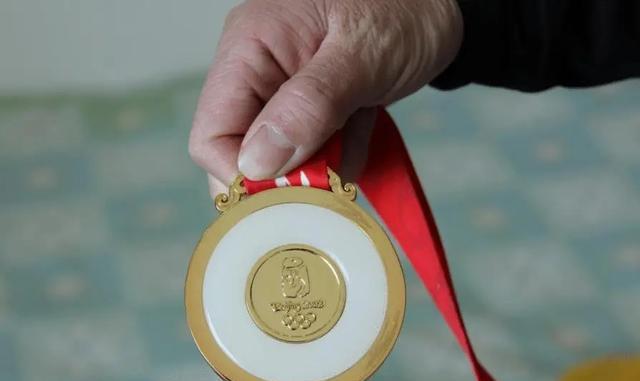It was unexpected that the "Gold-inlaid Jade" medals from the 2008 Beijing Olympics would return to the public eye in such a unique way. Recently, news of about 100 Paris Olympic medals being returned due to severe oxidation has caused quite a stir, which is a significant embarrassment for any Olympic Games. Athletes train hard for years and strive to bring back Paris Olympic medals to their countries, only to find that Paris Olympics have arranged a "defective product" for them, which is truly speechless.
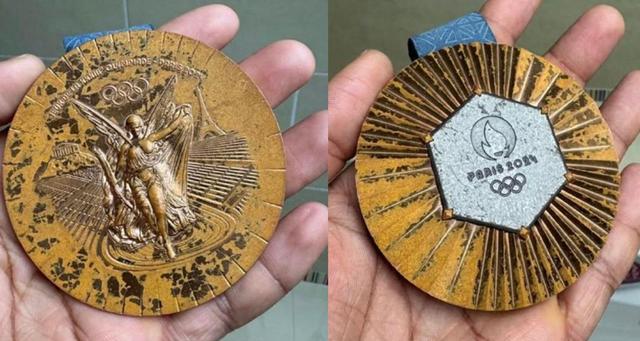
This is not the first time the Paris Olympics have reported problems with medal quality. During the Paris Olympics, athletes who had just received their medals noticed that the quality seemed unsatisfactory. Subsequently, more athletes posted that their Paris Olympic medals also showed signs of wear and discoloration, giving the impression that the medals were not as good as they should be, but rather rough. An athlete who also won a medal at the Paris Olympics even shared his "battle-damaged medal," which looked so worn out in the photo that it was barely recognizable.
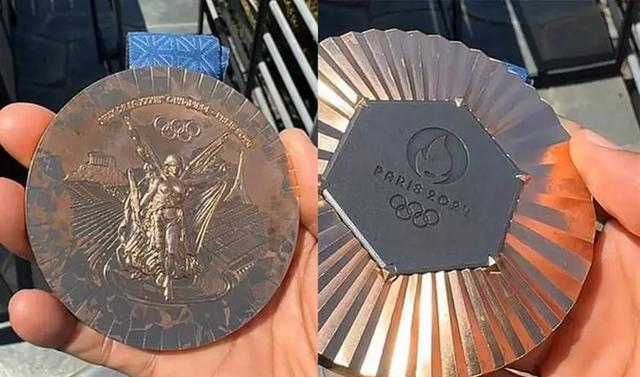
He even jokingly compared this Olympic medal to an "antique relic" of a century-old object, which made him somewhat tearful. This also reminds people of the "accidentally trending" gold-inlaid jade medal from the 2008 Beijing Olympics. In 2021, Russian rhythmic gymnast Daria accidentally started a fire by lighting a candle at home. Although she and her cat were safe, the house was burned beyond recognition. However, amidst the wreckage, something shiny caught Daria's attention, and when she picked it up, it turned out to be the gold-inlaid jade medal she won at the Beijing Olympics. After enduring a fire, the medal not only showed no signs of blackening or damage but still reflected a beautiful luster under the light, with even the ribbon on the medal remaining intact. The gold-inlaid jade medal from the Beijing Olympics became popular because of the fire, and countless netizens marveled at how Chinese manufacturing is impressive, and true gold is indeed not afraid of fire.

The gold-inlaid jade medal from the Beijing Olympics not only has fire-resistant properties but also features water resistance, stain resistance, and never fades. Moreover, there is a 2-millimeter space between the jade and the surrounding metal, filled with special silicone to act as a buffer, ensuring that even if dropped from a height of 2 meters, the jade will not shatter. To achieve this anti-drop result, China conducted multiple experiments at the beginning of production, ultimately breaking more than 300 medals before finally succeeding. On the day the gold-inlaid jade medal from the Beijing Olympics was unveiled, it had already become a global sensation because, compared to previous Olympic medals, this one from Beijing resembled a piece of art. The front of the medal features the unified pattern of each Olympic medal, while the back showcases the design inspired by ancient Chinese dragon-patterned jade disks, along with the emblem of the Beijing Olympics. Even the packaging of the Beijing Olympics medals surpasses that of other countries' Olympic medals, using wooden lacquer boxes made with traditional Chinese craftsmanship.

Therefore, the gold-inlaid jade medal from the Beijing Olympics has become a classic that is difficult to surpass in Olympic history. It's not just the Paris Olympics that have had issues with medals; the 2021 Tokyo Olympics also faced similar problems. On August 23, 2021, Zhu Xueying, who won the women's trampoline gymnastics championship at the Tokyo Olympics, posted: "Can your medals also peel off a layer?" Her post, accompanied by three expressive emojis, clearly conveyed her surprise and disbelief that an Olympic medal could peel off a layer with a simple scratch, which quickly trended on social media. Zhu Xueying explained that she initially wanted to clean the dirty medal but found that it couldn't be wiped off, so she scratched it. Netizens jokingly commented, "Scratch a little more, and it might turn into a silver medal; maybe you can scratch out a piece of chocolate." What's even more amusing is that the Tokyo Olympics medals were made from electronic waste collected from Japanese citizens, setting a precedent for the Olympics. At that time, almost every athlete who won a medal would bite it as a gesture on the podium, but after learning that these medals were made from garbage, no one dared to bite them anymore...
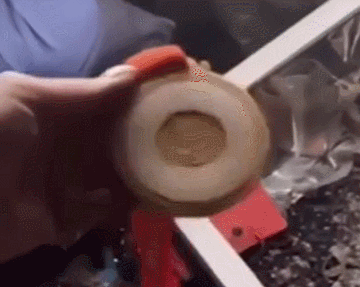
Subsequently, the Japanese side responded to the issue of the Tokyo Olympics medals peeling, claiming that what was peeled off was the outer layer of coating on the medals, not the gold plating. This layer of coating is designed to prevent scratches and other damages to the medals due to external factors and will gradually peel off over time, but it does not affect the quality of the medals. I thought the controversy over the Tokyo Olympics medals peeling would subside, but two years later, the medals were criticized again by athletes for "quality issues." On July 16, 2023, canoeist Zheng Pengfei posted that the silver medal he won at the Tokyo Olympics, which had been kept at home for nearly two years without being touched, had oxidized and turned into scrap metal when he took it out. Since the Tokyo Olympics medals were made from electronic waste, Zheng Pengfei's post once again confirmed the questionable quality of the Tokyo Olympics medals. From the Tokyo Olympics to the Paris Olympics, medal issues have repeatedly occurred, especially with the Paris Olympics directly returning about 100 medals, and even the International Olympic Committee (IOC) promised to replace the medals for these athletes, proving that there were indeed quality issues with the Paris Olympics medals.
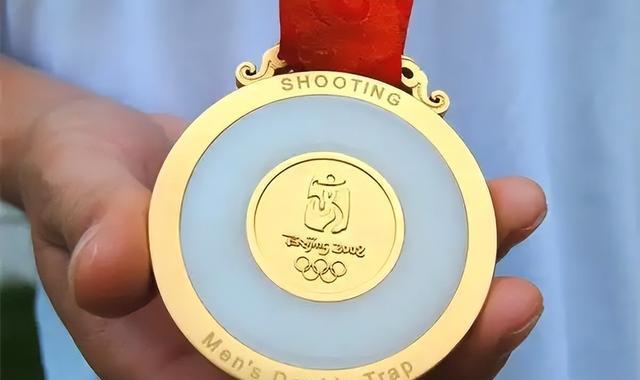
Paris has indeed embarrassed itself this time, frequently trending on hot searches before the Olympics even began due to slow construction of the opening ceremony venue and concerns about the sanitation quality of the Seine River. Now that the Paris Olympics have ended, the medals have once again brought the Paris Olympics back into the public eye due to quality issues, while China's gold-inlaid jade medals from the Beijing Olympics, nearly 20 years later, have shown no problems. This not only demonstrates that genuine materials were used in the production process of our medals but also reflects the level of importance we attach to Olympic medals. This also serves as a wake-up call to the IOC, hoping that they will set higher standards for Olympic medals in future Olympics to prevent the recurrence of various quality issues. After all, Olympic medals are the highest honor at the Olympics, and if even the quality of the medals cannot be guaranteed, it is easy for people to think that the Olympics themselves do not hold much value.
